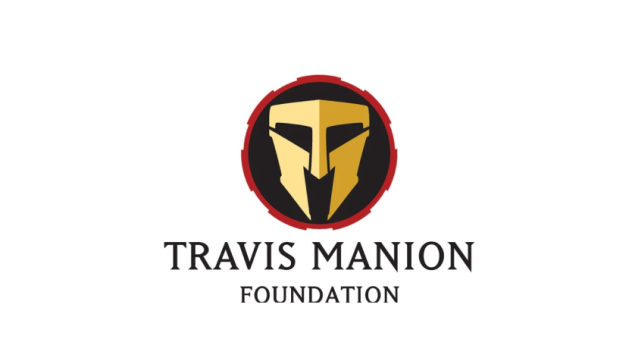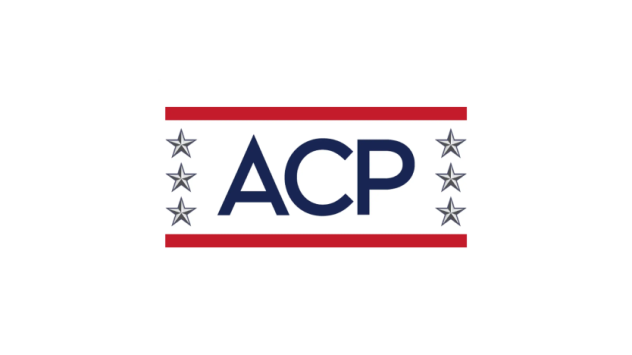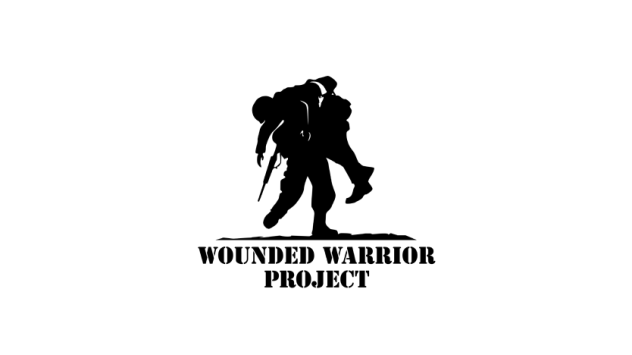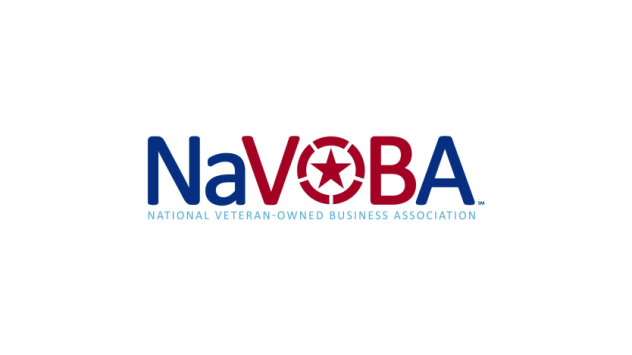- Home
- Our company
- Veterans, military and military families
Veterans, military and military families
Johnson & Johnson is proud to lead in support of the United States military-connected community: from military service members to veterans to military families & spouses and veteran caregivers – we are committed to keeping this community healthy and enabling them to bring their unique experiences and strengths to the world.
Long-standing commitment
Johnson & Johnson‘s long and proud history of supporting military service members dates back to the Spanish-American War in 1898, when the company held positions for employees and paid their salaries while they served.

1898
Spanish-American War
During the war, Johnson & Johnson developed a groundbreaking dressings packet for the unique need of soldiers—outfitted with compact, waterproof casing that could fit in a uniform’s pocket. To meet the urgent need, Johnson & Johnson sent additional dressings to the military at no extra charge.

1916
World War I
During World War I, Johnson & Johnson ran round-the-clock shifts to produce sterile dressings, gauze and other medical products to supply the Allied forces, as well as hospitals in the U.S. and Europe.

1942
World War II: General Robert Wood Johnson
In 1942, during World War II, President Franklin D. Roosevelt appointed General Robert Wood Johnson as the head of the Smaller War Plants Corporation in Washington, D.C. In this role, Johnson managed the wartime contracts for all U.S. factories with fewer than 500 employees.

1943
World War II: Duct Tape
In 1943, the U.S. Army turned to Johnson & Johnson to manufacture “duct tape,” a sturdy, cloth-based, waterproof tape. The idea of Vesta Stoudt, an ordnance plant worker with two sons in the Navy, duct tape was originally used in munitions packaging and then by soldiers to repair just about anything.

1945
World War II: LUMITE®
In 1945, Johnson & Johnson pioneered LUMITE® plastic screen cloths, which reduced soldiers’ exposure to disease-carrying insects during World War II.

1946
World War II: Nylon Dental Floss
During World War II, Johnson & Johnson introduced nylon dental floss. Previously, silk had been used to make floss; however, during the conflict, the material was largely allocated for parachute manufacturing.

1951
Korean War
During the Korean War, Johnson & Johnson produced large quantities of surgical dressings, sponges, adhesive tape, splints and other medical supplies for the armed forces and for emergency civilian use, increasing manufacturing shifts to meet the demand.

1967
Vietnam War: No. 1 supplier of medical supplies
In 1967, during the Vietnam War, the U.S. Army noted that Johnson & Johnson was the No. 1 supplier of medical supplies to the U.S. armed forces.

1968
Vietnam War: United Service Organizations Partnership
In 1968, Johnson & Johnson partnered with the USO to provide care packages containing personal care products to soldiers serving in Vietnam. Today, Johnson & Johnson is the Official Healthcare Partner of the USO.

1969
Vietnam War: Letters
Continuing a long-standing tradition during times of conflict, Johnson & Johnson employees wrote letters to those who served, providing a lifeline to home.

2006
The Johnson & Johnson Veterans Leadership Council
Johnson & Johnson forms the VLC—the award-winning military-connected ERG to enable this community to connect, engage, develop and grow.

2012
Veteran Jobs Mission
Johnson & Johnson joins the “100,000 Jobs Mission”—now called the Veteran Jobs Mission—a collaboration of companies committed to increase the hiring, retention and development of veterans in the private sector.

2014
Official healthcare sponsor of the USO
Johnson & Johnson provides support and sponsorship of USO programs that offer direct aid, comfort and support to service members and military families.

2017
Awarded the Employer Support of the Guard & Reserve Freedom Award
Johnson & Johnson receives the highest recognition given by the U.S. government to employers for their outstanding support of employees serving in the Guard and Reserve.

2019
Supporting military spouses
Johnson & Johnson joins the Department of Defense’s Military Spouse Employment Partnership and the U.S. Chamber of Commerce Foundation’s Hiring Our Heroes “Hiring 100K Military Spouses” Campaign.
Awards & recognition

Military Friendly®: “Military Friendly® Gold Employer 2025”

Military Times: “Best for Vets: Employers 2024”

U.S. Veterans Magazine: “Veteran Friendly 2024"

Military Friendly®: “Military Friendly® Top 10 Spouse Employer 2025”

VETS Indexes: “Five-Star Employer 2024"

Chief Executive Group and Thayer Leadership: “Patriots in Business 2022"

U.S. Veterans Magazine: “Best of the Best: Top Veteran-Friendly Company 2022" and “Top Supplier Diversity Program 2022"

U.S. Department of Defense - Employer Support of the Guard and Reserve: “Extraordinary Employer Support Award 2017"
Community partners




Supporting military-connected business owners
At Johnson & Johnson we recognize the importance of having a diverse supplier base that reflects our patients and customers. By working with military-connected suppliers, we tap into new ideas that add value and provide innovative solutions to our businesses. Through the efforts of our Supplier Diversity Program we proudly partner with leading national and regional military-connected business support organizations and hundreds of Veteran-Owned Businesses.



Careers with Johnson & Johnson
Johnson & Johnson values the unique skills, competencies and experiences the military-connected community brings to the workplace and partners with leading organizations to enable this community to join us.
Military experience translates to success at Johnson & Johnson
We value the meaningful contributions the military-connected community makes every day, for our teams, our customers and our businesses.
Our commitments
Johnson & Johnson is proud to be a signatory to the United States Department of Defense initiatives for Guard & Reserve military members and military spouses.






